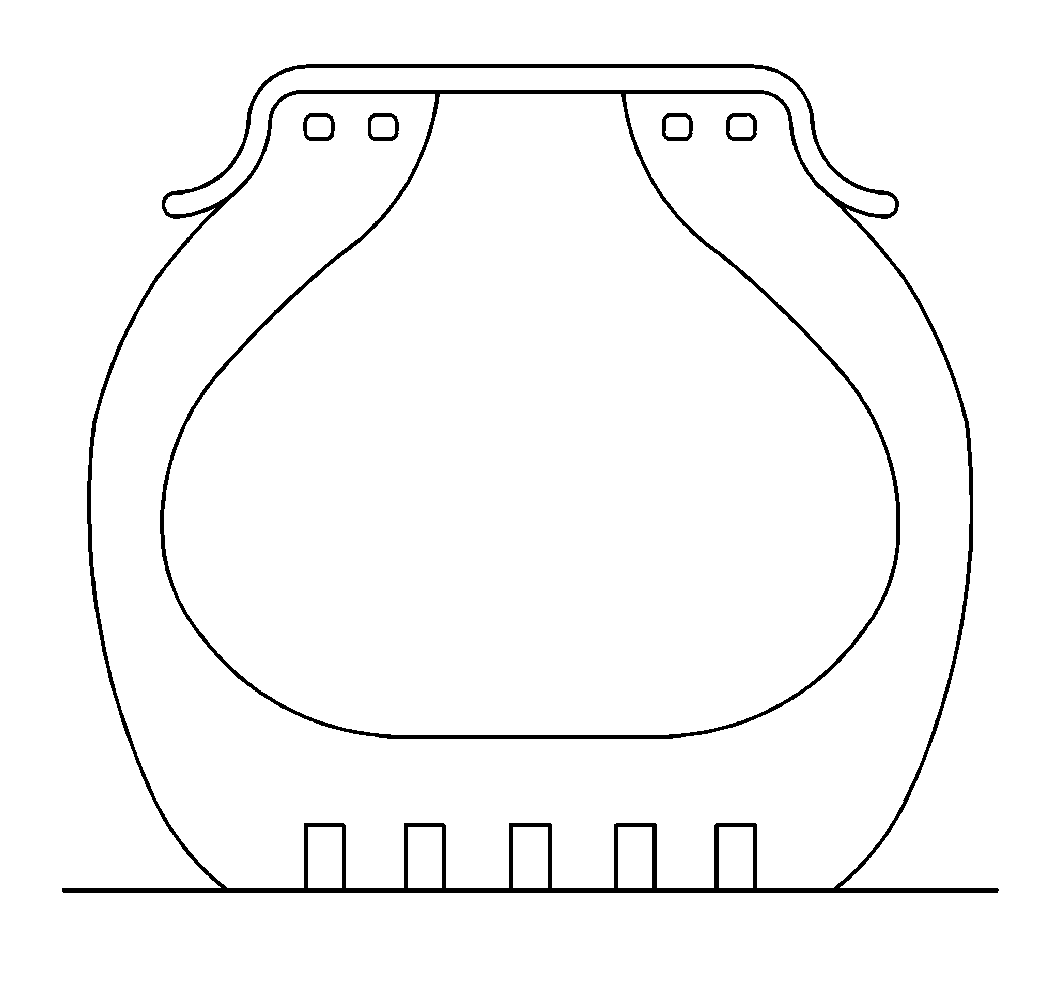The following tire qualities are designed in order to obtain
maximum length of service under normal operating conditions:
| • | The size of tires used on these vehicles |
The tires operate efficiently only on a specified amount of air. Unless
the driver of the vehicle maintains the correct air pressure, the
tires will not function as intended.

An underinflated tire may cause the vehicle to operate in the following
manners:
| • | Heats up quickly because of the greater flexing |
In dual tire mounting, loss of pressure in one tire could cause the
tire to slip on the wheel.

Overinflation may weaken the tire, causing a blow-out. Improperly inflated
tires will affect the following conditions:

Inflate the tires as indicated by the manufacturer's recommendation:
| • | For greater riding comfort |
| • | To reduce vehicle chassis wear |
Ensure that the combined front and rear tire load do not exceed the
maximum recommended load.
Inflate the tires to the recommended pressure when the tires are cool.
If the tires are always carrying less than the recommended maximum load, reduce
the air pressure to correspond with the actual load carried.
Never bleed the tires in order to relieve pressure buildup. Tire temperature
and air pressure will increase when the tire is in service. Tire design allows
for this buildup in pressure. Tire temperature and air pressure
will stay within limits that are not harmful to the tire when used
with the recommended load and air pressure.
The followings conditions may be responsible for high pressure buildup:
Use the size and type of tire that has the capacity to carry the load
at a recommended cold starting pressure.
Pressure Loss
At periodic intervals, use an accurate gage in order to check each tire
for pressure loss. If you notice a pressure loss in any of the tires, complete
the following steps:
- Make an inspection.
- Determine the cause of the pressure loss.
- Correct the problem.
Balanced Inflation
All tires on the same axle should always carry the same air pressure.
Although a difference in air pressure of the rear and the front tires may
be allowed, within certain limitations, you should not tolerate
a difference in pressures between the right and the left
tires on the same axle.
A 34 kPa (5 psi) underinflated tire can lower the efficiency
of most brakes. Balanced tire inflation contributes to the following conditions:
Tire Overheat
As a tire becomes heated, the air in the tire expands and the air pressure
rises. This is a normal condition, unless the pressure buildup is excessive.
Increased tire pressure over 138 kPa (20 psi)
is excessive. Increased tire pressure indicates the following
conditions:
| • | More often, a combination of these factors |
Investigate pressure buildups of over 138 kPa (20 psi)
in order to determine the cause of the buildups. Take proper corrective action.
Normal pressure buildups, not over 138 kPa (20 psi),
reduce flexing.
Heat balance is defined as the temperature at which the rate of heating
equals the rate of cooling. Normal pressure buildup reaches this heat balance
at a lower temperature than by frequently bleeding the air
in order to maintain the inflation pressure. Never bleed
the tires. When the pressure builds up excessively, reduce
the speed or the load.



